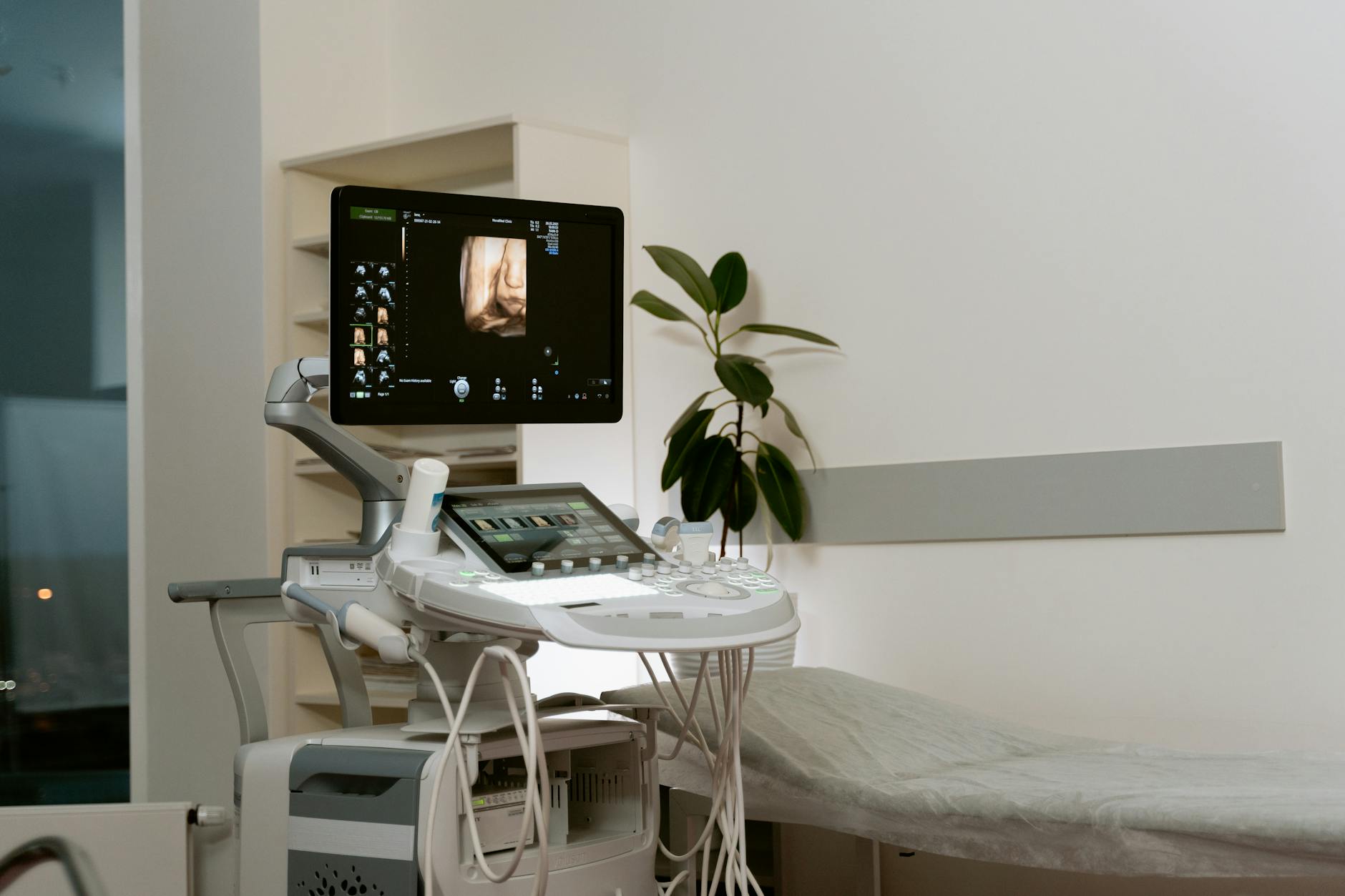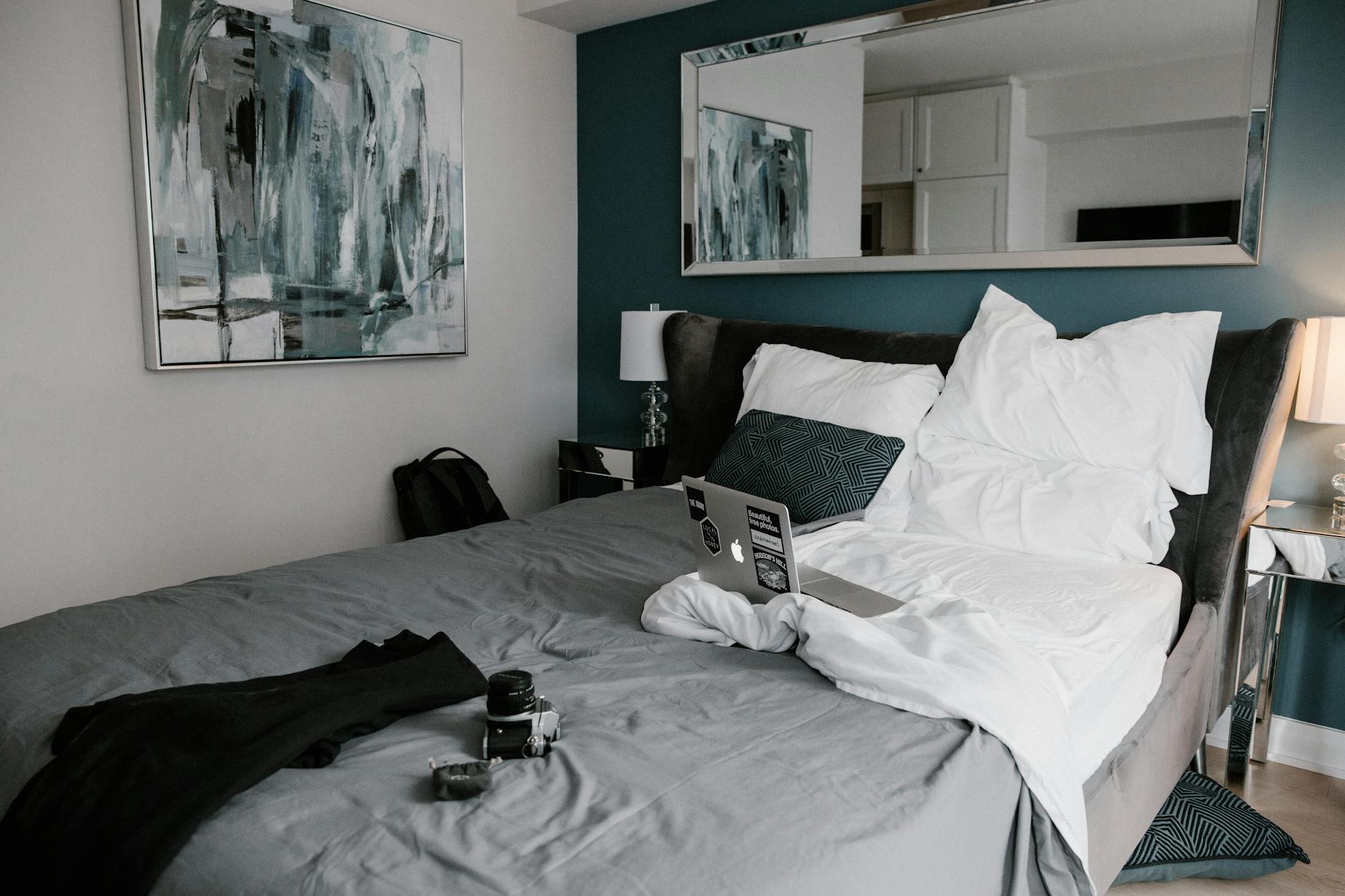What Makes Australia's Campus Audio Equipment Stand Out?

Unique Features of Australian Equipment
When discussing the unique features of audio equipment at Australian campuses, a key aspect to consider is the integration of advanced induction loop systems. These systems are essential for improving accessibility in lecture theatres, such as those at the Queensland University of Technology, where they aid individuals with hearing impairments by providing clearer audio signals.
Another noteworthy feature is the incorporation of motorised projector screen technology. This efficient equipment is especially valuable in dynamic learning environments. It allows for smooth transitions between presentations and discussions, enhancing the flexibility of classroom activities. The Queensland University of Technology lecture theatres have benefitted significantly from such innovations, providing students and lecturers with adaptive teaching tools suited to modern educational demands.
The deployment of professional microphone systems is vital in creating exceptional sound quality across campus. With these microphones, recordings are clearer, thus enhancing both live sessions and replays of lectures. For institutions that frequently host seminars and conferences, this professional-grade audio equipment ensures clear communication, irrespective of the venue size or layout.
It's essential to understand these features when considering the acquisition and implementation of audio systems in educational settings. By adopting such cutting-edge technologies, campuses can transform into highly accessible and interactive learning environments.
Catering to Diverse Needs
Equipment for Various Genres
In my experience managing audio-visual systems at the Queensland University of Technology lecture theatres, the key to effective audio equipment lies in its adaptability for different music genres and events. Whether it's classical, rock, or electronic, each genre demands specific sound requirements, and ensuring flexibility in your systems is crucial. For instance, mesh radios can be particularly beneficial in settings where genres change rapidly, as they provide seamless connectivity and swift configuration, ideal for genre-diverse events.
Versatility in Venue Sizes
The facilities at South Bank Parklands have taught me the importance of versatile audio solutions. It's essential to have equipment that can adapt to various venue sizes without compromising audio quality. Modern data projectors and similar technical solutions enable dynamic setups to fit both small seminars and large concerts. These tools ensure uniform sound distribution, alleviating the common pitfalls of audio distortion and lack of clarity in large spaces.
Accessibility for All Users
Creating an inclusive environment means investing in equipment that’s accessible to everyone, regardless of technical expertise. It's vital to choose systems that are user-friendly and come with intuitive controls, allowing both trained technicians and novice users to operate them effectively. Accessibility also includes considering aids for those with hearing impairments, ensuring all participants can fully engage in events. By prioritising such inclusivity, we ensure that technical barriers do not hinder anyone's ability to participate.
Integration in Learning Environments
Enhancing Educational Programs
The integration of audio-visual systems into educational settings significantly enriches program delivery. At the Queensland University of Technology lecture theatres, the adoption of advanced paging systems ensures clear communication across large spaces, facilitating seamless coordination. This technology supports uninterrupted presentations and lectures, essential for maintaining engagement in large auditoriums. The strategic use of sound equipment in such settings elevates the quality of educational delivery, fostering an environment conducive to learning.
Supporting Interactive Learning
Incorporating interactive learning tools into educational facilities has become crucial. The deployment of systems that combine visual and audio elements enhances student engagement and comprehension. For instance, systems that allow for student interaction through audio inputs or response systems create a more dynamic learning atmosphere. This kind of immersive experience, supported by advanced sound and recording equipment, bridges the gap between traditional teaching methods and modern technological advancements, aligning educational practices with contemporary learning needs.
Adaptability to New Technologies
The capacity of educational facilities to adapt to new technologies is vital for staying current and effective. Systems must seamlessly integrate with emerging technologies, ensuring they meet the evolving needs of students and educators. This adaptability is crucial, allowing for the integration of future advancements without overhauling existing systems. Emphasizing versatility in equipment selection can lead to long-term benefits, catering to a wide range of educational and home entertainment applications within the university's infrastructure.
Challenges in the Market
Balancing Quality with Affordability
In our ongoing quest to balance quality with affordability, we face unique challenges regularly. This dilemma is particularly pronounced in settings such as the Queensland University of Technology lecture theaters, where high standards must be maintained without overshooting budget constraints. The market is flooded with options, but finding the right audio equipment that offers superior performance without a hefty price tag requires meticulous research and vendor negotiations. Our goal is to invest in tools that withstand rigorous academic use while ensuring that any savings do not compromise the listener's experience.
Navigating Industry Competition
Competition within the audio-visual industry is fierce, and staying ahead means being nimble and innovative. We collaborate closely with technical equipment vendors in Fortitude Valley, ensuring access to the latest advancements and competitive pricing structures. Despite a competitive market, building strong relationships with suppliers helps secure exclusive opportunities and advanced technical insights, giving us an edge over peers.
Overcoming Technical Limitations
Technical limitations pose another challenge that cannot be overlooked. With rapid advancements in technology, staying updated is essential to avoid obsolescence. Specific issues, like compatibility between new software and existing systems, or integrating cutting-edge recording microphone technology, require strategic planning and continuous staff training. By actively engaging with industry experts and maintaining a robust technical support framework, we can anticipate and manage potential setbacks proactively.
Choosing Equipment for Future Needs
Understanding Acoustic Nuances
As facility managers at institutions like the Queensland University of Technology, we often encounter the oversight of acoustic requirements in campus audio systems. The lecture theaters, in particular, demand careful attention to detail. Poor acoustics can undermine the effectiveness of even the most advanced audio-visual equipment. When collaborating with technical equipment vendors in Fortitude Valley, it's critical to evaluate space-specific needs to ensure an optimal auditory experience for students and faculty. Ignoring these factors can result in echoes or uneven sound distribution, which can disrupt sessions.
Importance of Regular Maintenance
The upkeep of audio equipment at sites such as the facilities at South Bank Parklands is another area frequently neglected. Regular maintenance is essential to extend the lifespan and performance of any system. Routine checks and servicing, prompted by a proactive facility management approach, can prevent unexpected malfunctions. This foresight not only keeps equipment running seamlessly but also supports the reliability of educational programs where consistent technical performance is a must.
Planning for Technological Advancements
Lastly, anticipating future growth and integration of cutting-edge technologies can safeguard investments. As audio-visual technologies continue to evolve, it’s vital that our purchases are compatible with upcoming advancements. At universities renowned for their dynamic learning environments, such foresight ensures we can incorporate new tools to enhance teaching methods. Without considering these future needs, campuses risk falling behind in delivering quality education environments.


